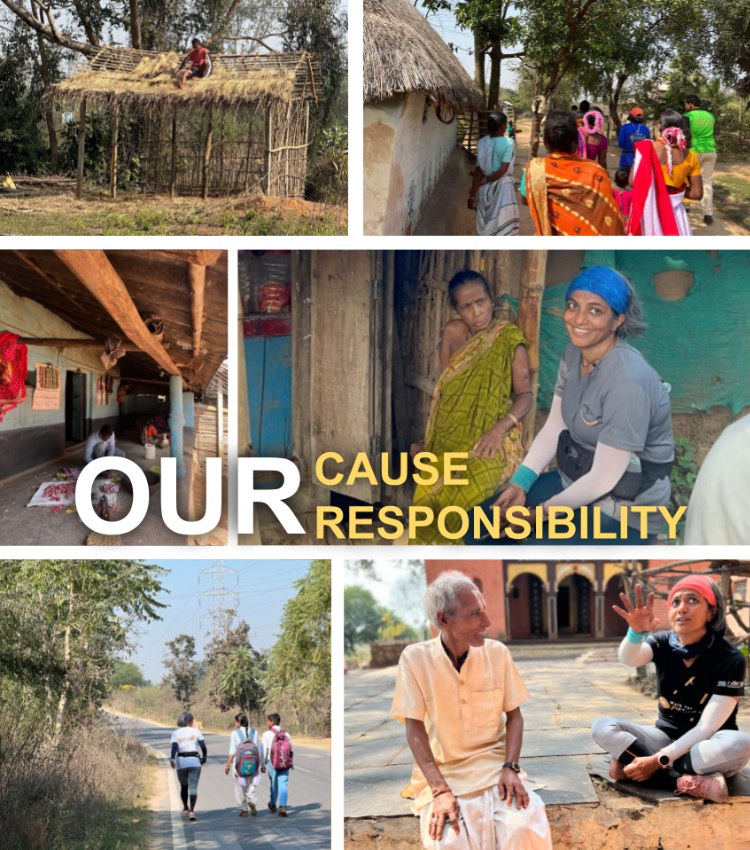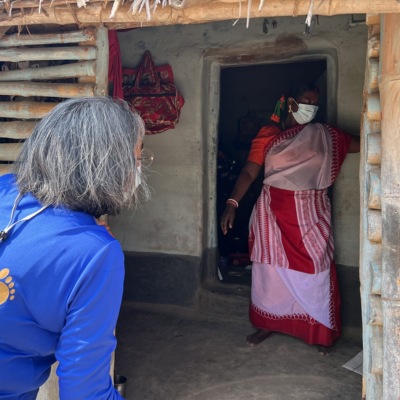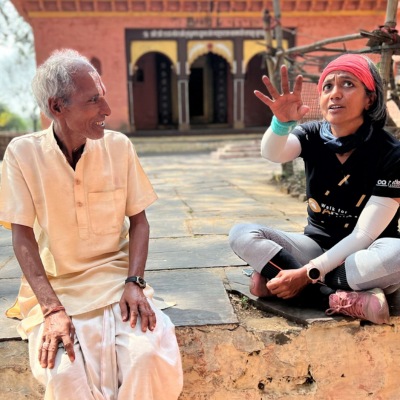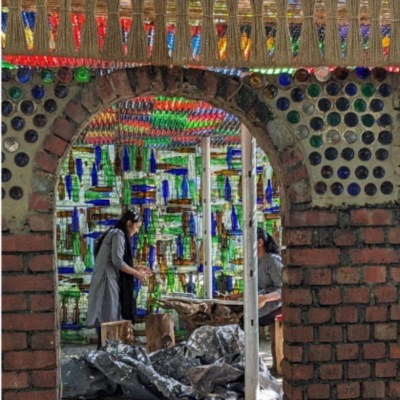
Embarking on her remarkable 1700km journey on foot from Kolkata to Delhi, followed by subsequent similar expeditions, Gita Balakrishnan immersed herself in the diverse landscapes and cultures that constitute India's rich tapestry. This unique endeavour allowed her to intimately experience cities, towns, villages, highways, and hinterlands at a pedestrian pace, touching the parts of the country less traversed by. Along the way, Gita encountered homes, shops, public spaces, and institutions that form the fabric of everyday life for communities across India. Recognising the significance of these often-overlooked structures, BODH seeks to give precedence to the vernacular architecture and heritage embedded within them. In contemporary society, the predominant focus on monumental structures in architectural narratives overlooks the lived experiences and contributions of ordinary people, perpetuating social injustice and cultural erasure. While monuments commemorate historical events and the achievements of the elite, they often neglect the rich tapestry of vernacular architecture – the everyday structures that have profoundly influenced the lives of the majority.
As an answer to this, BODH, meaning insight and knowledge in various Indian languages, seeks to rectify the imbalance in architectural narratives, preserving the invaluable wisdom embedded in vernacular architecture. By celebrating the indigenous practices, we honor cultural diversity, promote inclusivity, and inspire sustainable design solutions rooted in traditional building methods. Our aim is to promote experiential learning, community engagement, and advocacy for the preservation and integration of traditional wisdom into contemporary architectural practices.



